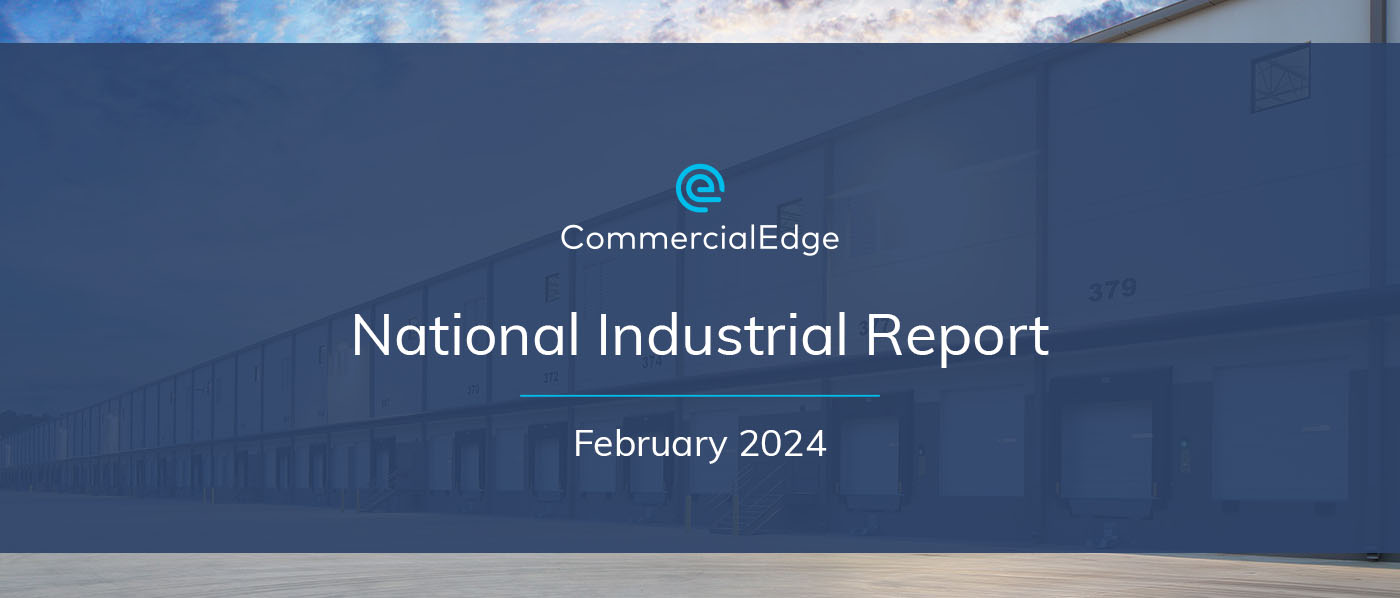
How to Calculate DSCR (Debt Service Coverage Ratio) in Commercial Real Estate

The debt-service coverage ratio (DSCR) is a key metric in the real estate industry that helps evaluate a company’s ability to cover its debt obligations. Below is a comprehensive guide on how to calculate DSCR and use it for investment analysis and decision-making.
What is Debt Service Coverage Ratio?
The debt-service coverage ratio (DSCR) estimates how a company’s operating cash flow can cover its annual debt payments.
Lenders use DSCR to appraise loan viability by assessing lending risks and a company’s financial performance. Investors rely on DSCR to manage their portfolios, evaluate investments and mitigate risk.
How to Calculate DSCR
DSCR formula
The debt-service coverage ratio formula divides the company’s annual net operating income (NOI) by its total annual debt service.
| DSCR = Net Operating Income/Debt Service |
For example, if a property generates an annual NOI of $500,000 with a yearly mortgage payment of $400,000, the DSCR formula is applied as $500,000 divided by $400,000, which equals 1.25.
The DSCR is represented by “x” after its value. A DSCR of 1.25x means that the net operating income can cover debt service by 125%.
The debt service coverage ratio formula can vary based on the entity’s calculation. Most adjustments are made to the NOI calculation.
Net operating income
The net operating income (NOI) represents a property’s annual gross income minus operating expenses:
- Gross income: Potential rental income minus vacancy and credit losses
- Operating expenses: Property operating expenses (maintenance, property management fees, taxes, insurance, utilities if included as a landlord expense)
| Net Operating Income = Gross Operating Income – Operating Expenses |
Lenders have different policies when calculating the NOI. Financial institutions usually exclude capital expenditures (CapEx), depreciation, interest and taxes. Calculating the NOI according to a lender’s policies is essential to ensure accuracy and avoid overstating or underestimating the amount of CRE financing a borrower is eligible for.
Total debt service
Total debt service refers to the amount necessary to cover debt obligations. This includes debt principal, interest and any additional fees. Calculating annual debt service can be complex and varies based on factors like loan type, interest rate, debt term and more.
Lender and Investor Considerations
Lenders
The debt service coverage ratio plays a vital role in commercial real estate loan underwriting:
- Loan risk assessment: The DSCR indicates whether a property’s income is sufficient to cover its debt obligations, helping lenders evaluate the asset’s financial health.
- Loan approval: Many lenders require a minimum DSCR value before approving a loan.
- Loan terms: A high DSCR provides leverage for borrowers to negotiate loan terms, such as interest rates, duration and down payments.
Investors
The debt service coverage ratio is a valuable tool for CRE investors from multiple perspectives:
- Decision-making: Investors use DSCR to assess investment profitability and risk. A high DSCR means a property can easily cover its debt obligations, making it a safer choice.
- Portfolio management: DSCR values help investors analyze their portfolio’s financial performance and make informed decisions regarding holding, selling or refinancing properties.
- Risk mitigation: The DSCR guides strategic decisions on debt reduction or reserve allocation by providing insights into the income-debt cushion.
Understanding DSCR values
There is no industry standard for the required debt-service coverage ratio, as it varies by lending institution, loan type and property involved. Commercial banks typically require a minimum of 1.25x DSCR for CRE financing but prefer ratios closer to 2x.
Riskier property types demand higher DSCRs. For example, hotel and self-storage properties require a DSCR of at least 1.40x due to their high turnover and revenue fluctuations.
DSCR metrics
- Over 1.25x: Most lenders require a minimum DSCR of 1.25x to ensure the borrower can meet its debt obligations
- Slightly above 1.0x: The borrower is vulnerable, and a minor decline in cash flow could impact their ability to pay debt obligations
- 1.0x: Indicates breakeven, meaning all operating expenses and debt obligations are covered without any income left
- Below 1.0x: Indicates negative cash flow, signaling the borrower cannot cover debt obligations
Factors impacting DSCR
- Rental income: Changes in occupancy rates, tenant mix and lease terms impact the property’s net operating income
- Property expenses: Variations in maintenance costs, property management fees, utilities, insurance and more affect the NOI
- Interest rates: The mortgage interest rate influences the amount of the debt service payments.
- Amortization period: The loan’s amortization length impacts the amount of the principal repayments included in the debt service
- Market conditions: Economic fluctuations, such as supply and demand dynamics, inflation and market trends, can influence rental rates, property values, vacancy rates, all affecting the DSCR
Convenient Access to Estimated DSCR Values with Online Databases
Access to estimated DSCR values empowers CRE investors to discover various investment prospects. It also aids property owners in evaluating their assets’ financial performance compared to similar properties.
Calculating a property’s DSCR is easy with access to its financial metrics. Since uncovering and aggregating mortgage and income information can be time-intensive, online databases are a swift and reliable source of CRE financing data.
CommercialEdge Research is a dedicated CRE database with over 14 million property records. The platform enables access to accurate financial metrics, including estimated DSCR values and up-to-date loan details. In addition, the platform provides sales data such as the most recent purchase date and price, distressed information, if applicable, and more.
Conclusions
Understanding how to calculate DSCR and recognizing its significance is essential for financial evaluation in commercial real estate. Investors, landlords and brokers can make informed decisions by accessing dedicated databases that offer estimated DSCR values and other key metrics.

More Articles You Might Like
How Deal Manager Maximizes CRE Lease Renewal Success
Managing lease renewals can become much easier with the right tools and technology that save time, reduce errors and increase productivity.
Commercial Real Estate Essentials: The 8 Types of CRE
CRE covers a diverse range of asset types and each property group features its own set of distinct characteristics.
Industrial Construction Continues to Level Off Amid Normalizing Demand and High Interest Rates
New industrial starts in 2023 totaled 314.6 million square feet, down significantly from the 593.2 million square feet in 2022.




